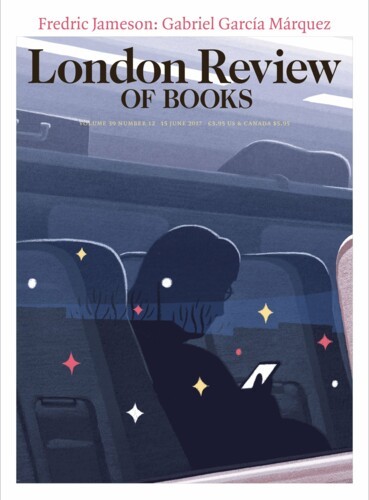Diary
W.G. Runciman: Dining Out, 4 June 1998
“... I might be an important person.4 October 1997. Dinner at the country house of the Baroness Dunn. Henry (‘Taipan’) Keswick and the now ex-ministerial but ever-amusing Richard Needham are fellow-guests. A heated disagreement between them about Chris Patten’s governorship of Hong Kong flares up and amicably subsides. Entirely by chance, we meet the ... ”
